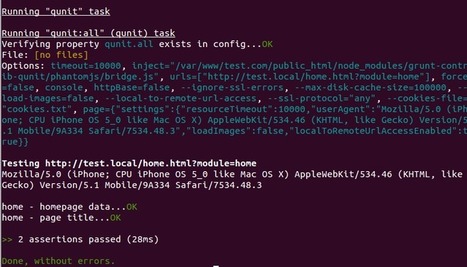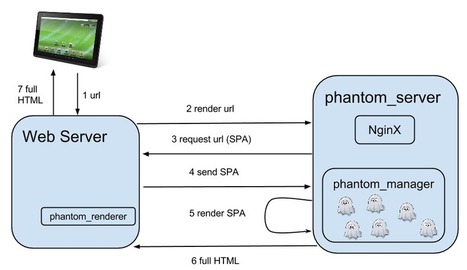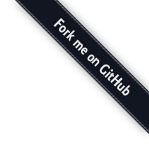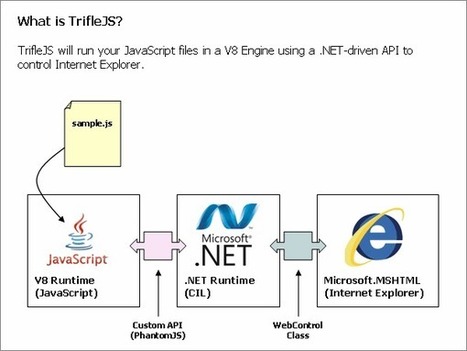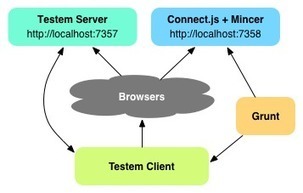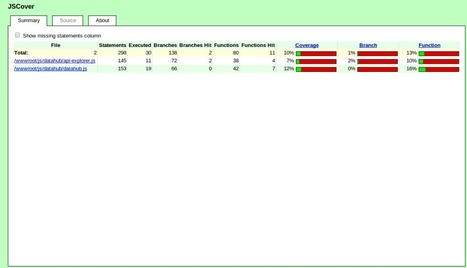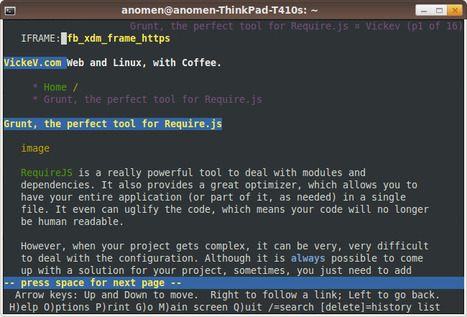QUnit’s setup is fairly simple and is easy to use. To get started, I will be using a simple boilerplate webpage. Notice that the two files required for QUnit (qunit-x.js and qunit-x.css) are included in the page source. Additionally, I have some inline JavaScript for which QUnit tests will be written. home.html Within tests.js, I …
Research and publish the best content.
Get Started for FREE
Sign up with Facebook Sign up with X
I don't have a Facebook or a X account
Already have an account: Login

Keeping track of current JavaScript Frameworks that help design your clientside Business Logic Layers.
Curated by
Jan Hesse
 Your new post is loading... Your new post is loading...
 Your new post is loading... Your new post is loading...
No comment yet.
Sign up to comment
|

Emil Mądry's curator insight,
November 10, 2013 7:38 AM
Most of more demanding users uses browsers other than IE, but in most of the corporations IE even outdated 6 & 7 are still in use so even if our page looks great on webkit it doesn't mean it's bugfree on IE. (well, you can bet, that something will look not that good as you wish for). Here's article to help testers and developers in struggle against IE |



